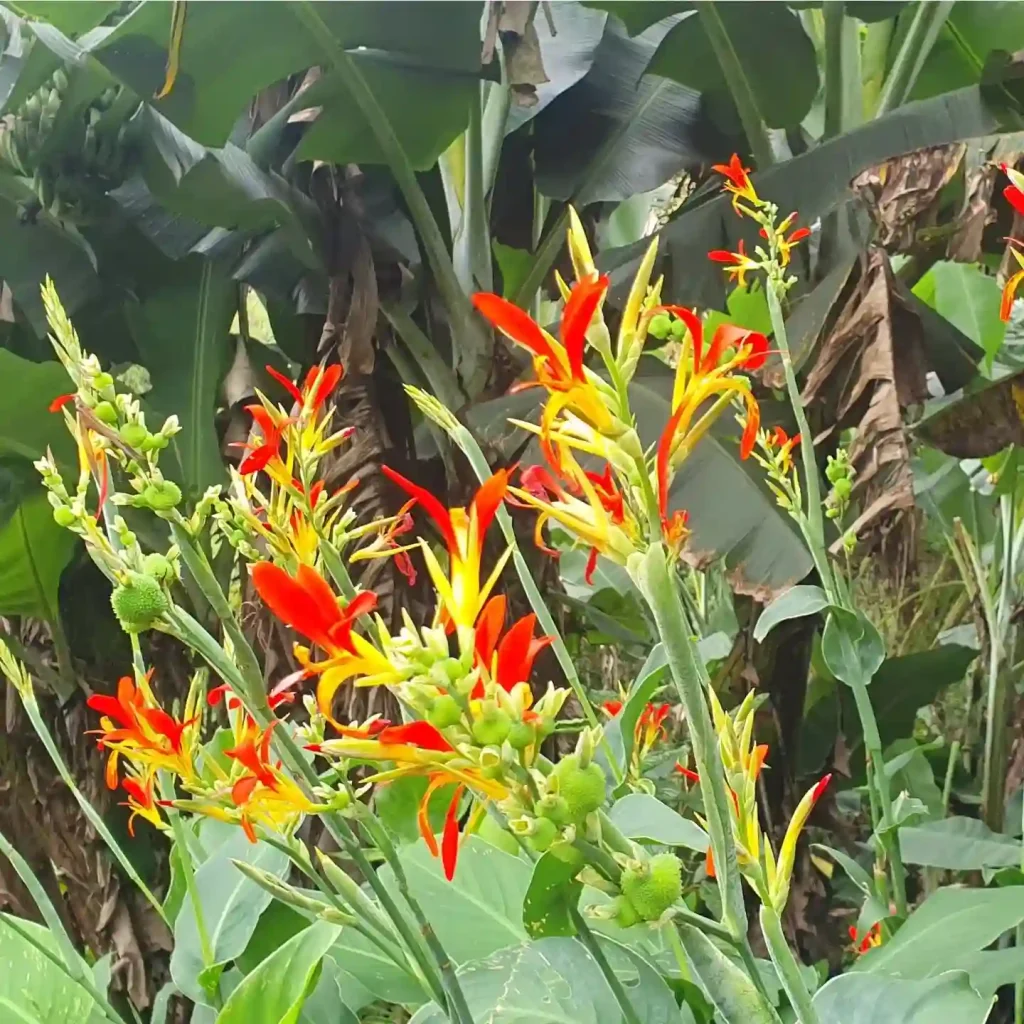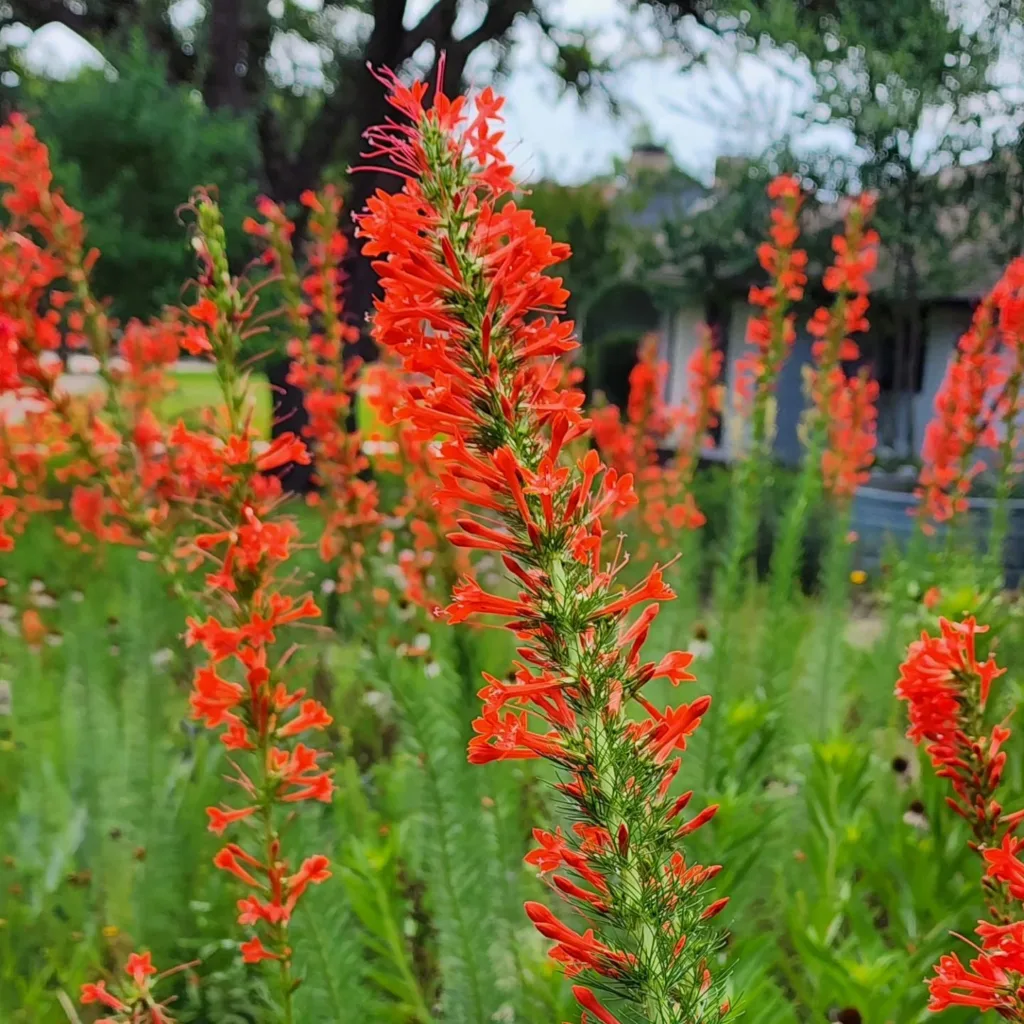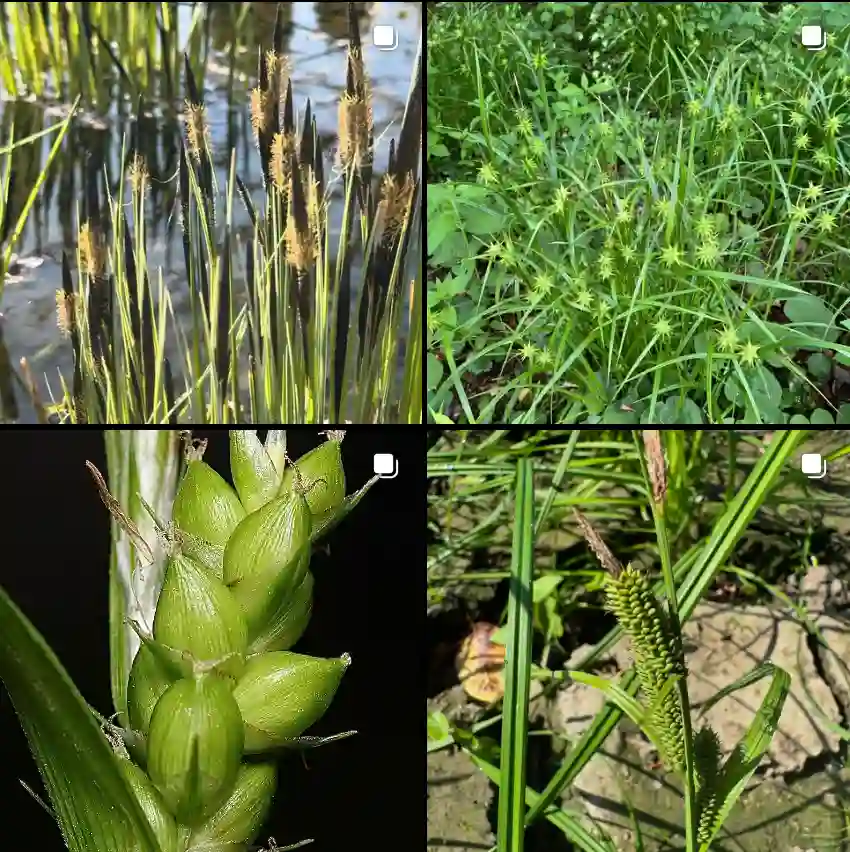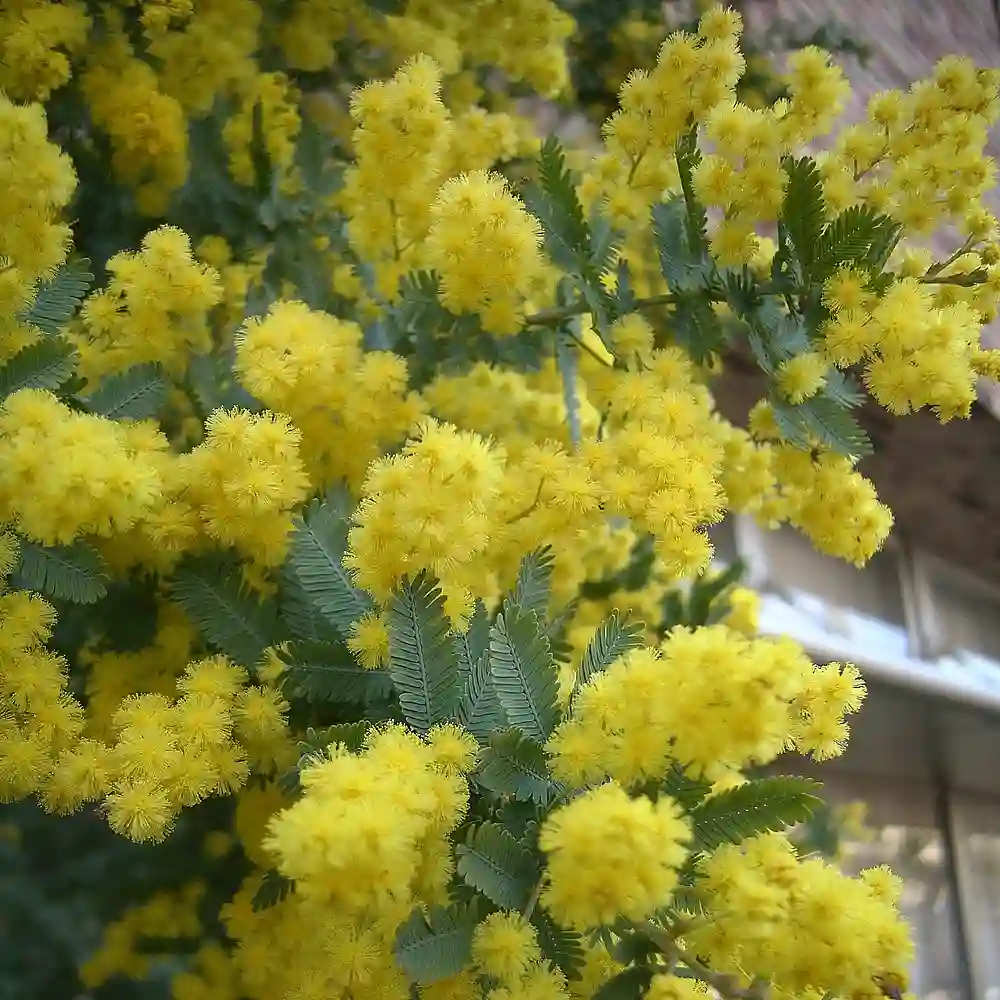What Is Brunia?
Brunia is a genus of plants belong to the Bruniaceae family, known for its ornamental appeal. Originating from South Africa, Brunia includes several species, with Brunia albiflora being one of the most recognized. These plants are known for their small, spherical flowers and greyish-green foliage. The spherical flower heads resemble little buttons and are often used in floral arrangements due to their longevity and unique texture.
Brunia Species
- Brunia africana (Burm.f.) Class.-Bockh. & E.G.H.Oliv.
- Brunia angulata (Sond.) Class.-Bockh. & E.G.H.Oliv.
- Brunia barnardii (Pillans) Class.-Bockh. & E.G.H.Oliv.
- Brunia bullata (Schltr.) Class.-Bockh. & E.G.H.Oliv.
- Brunia callunoides (Oliv.) Class.-Bockh. & E.G.H.Oliv.
- Brunia compacta A.V.Hall
- Brunia cordata (Burm.f.) Walp.
- Brunia dregeana (Sond.) Class.-Bockh. & E.G.H.Oliv.
- Brunia esterhuyseniae (Strid) Class.-Bockh. & E.G.H.Oliv.
- Brunia fragarioides Willd.
- Brunia laevis Thunb.
- Brunia latebracteata A.V.Hall
- Brunia macrocephala Willd.
- Brunia microphylla Thunb.
- Brunia monogyna (Vahl) Class.-Bockh. & E.G.H.Oliv.
- Brunia monostyla (Pillans) Class.-Bockh. & E.G.H.Oliv.
- Brunia myrtoides (Vahl) Class.-Bockh. & E.G.H.Oliv.
- Brunia neglecta Schltr.
- Brunia noduliflora Goldblatt & J.C.Manning
- Brunia oblongifolia (Pillans) Class.-Bockh. & E.G.H.Oliv.
- Brunia paleacea P.J.Bergius
- Brunia palustris (Schltr. ex Dümmer) Class.-Bockh. & E.G.H.Oliv.
- Brunia pentandra (Thunb.) Class.-Bockh. & E.G.H.Oliv.
- Brunia phylicoides Thunb.
- Brunia pillansii Class.-Bockh. & E.G.H.Oliv.
- Brunia powrieae Class.-Bockh. & E.G.H.Oliv.
- Brunia purpurea (Pillans) Class.-Bockh. & E.G.H.Oliv.
- Brunia sacculata (Dümmer) ined.
- Brunia schlechteri (Dümmer) Class.-Bockh. & E.G.H.Oliv.
- Brunia sphaerocephala (Sond.) A.V.Hall
- Brunia squalida Sond.
- Brunia thomae Class.-Bockh. & E.G.H.Oliv.
- Brunia trigyna (Schltr.) Class.-Bockh. & E.G.H.Oliv.
- Brunia tulbaghensis (Schltr. ex Dümmer) Class.-Bockh. & E.G.H.Oliv.
- Brunia variabilis (Pillans) Class.-Bockh. & E.G.H.Oliv.
- Brunia villosa E.Mey. ex Sond.
- Brunia virgata Brongn.
How to Care for Brunia?
Caring for Brunia requires attention to its specific needs:
- Light Requirements: Brunia thrives in bright, indirect light. It can tolerate some direct sunlight but prefers a spot where it’s protected from the harsh afternoon rays.
- Soil Type: A well-draining soil mix is crucial. I recommend using a blend of cactus soil and perlite or sand to ensure good drainage and prevent root rot.
- Watering: Water Brunia sparingly. Overwatering can lead to root issues. I usually water once every two weeks, allowing the soil to dry out completely between waterings.
- Temperature: Brunia prefers temperatures between 60-75°F (15-24°C). It’s not frost-tolerant, so keep it indoors or in a protected area during colder months.
- Fertilization: Feed Brunia with a balanced, liquid fertilizer once a month during the growing season. Avoid over-fertilizing, as it can lead to salt build-up in the soil.
How to Propagate Brunia?
Propagation of Brunia is a bit challenging but feasible:
- Cuttings: The most common method is through stem cuttings. Take a 4-6 inch cutting from a healthy plant, ensuring it has a few leaves. Dip the cut end in rooting hormone and plant it in a well-draining mix.
- Seed: Growing Brunia from seeds is another option. Sow seeds in a light, sandy soil mix and keep them moist. Germination can take several weeks.
- Maintenance: For either method, maintain a warm, humid environment to encourage root development.
What to Plant With Brunia?
When choosing companion plants for Brunia, consider its preferences:
- Succulents: Plants like Echeveria and Sedum work well because they share similar care requirements and can complement Brunia’s unique look.
- Ferns: If you want to create a contrasting texture, consider adding ferns. Their lush, green foliage provides a nice backdrop to Brunia’s more structured appearance.
- Ornamental Grasses: Grasses like Blue Fescue or Liriope can add movement and color contrast.
Is Brunia Toxic?
Good news for pet owners: Brunia is not considered toxic to pets or humans. Its non-toxic nature makes it a safe choice for households with animals or children.
Benefits of Brunia
Brunia offers several benefits:
- Aesthetic Appeal: Its unique flower heads and foliage add texture and interest to arrangements and indoor spaces.
- Low Maintenance: Brunia is relatively easy to care for, making it a great choice for beginners or those with a busy lifestyle.
- Longevity: The dried flowers of Brunia last a long time, making them perfect for floral arrangements and craft projects.
Common Problems with Brunia
While Brunia is generally hardy, you might encounter a few issues:
- Overwatering: This is the most common problem. Too much water can lead to root rot. Ensure proper drainage and let the soil dry out between waterings.
- Pests: Keep an eye out for pests like aphids or spider mites. Regularly inspect your plant and treat any infestations promptly.
- Temperature Stress: Brunia is sensitive to extreme temperatures. Protect it from frost and avoid placing it in drafty areas.
Comparing Brunia with Similar Plants
Brunia is often compared to plants like Banksia and Protea due to their similar appearance. Here’s how Brunia differs:
- Banksia: While Banksia also has striking flowers, they tend to be larger and more elongated compared to Brunia’s spherical blooms. Banksias also generally require more water.
- Protea: Proteas are known for their bold, large flowers, unlike Brunia’s small, button-like blooms. Proteas also need more space and have different soil preferences.
Conclusion
Brunia is a fascinating plant that adds a distinctive touch to any collection. Its unique flowers, low maintenance needs, and non-toxic nature make it an appealing choice for many gardeners. By following the care guidelines and being aware of potential issues, you can enjoy the beauty of Brunia in your home or garden for years to come. Whether you’re using it in floral arrangements or as a striking indoor plant, Brunia offers a unique charm that stands out in any setting.
If i die, water my plants!



